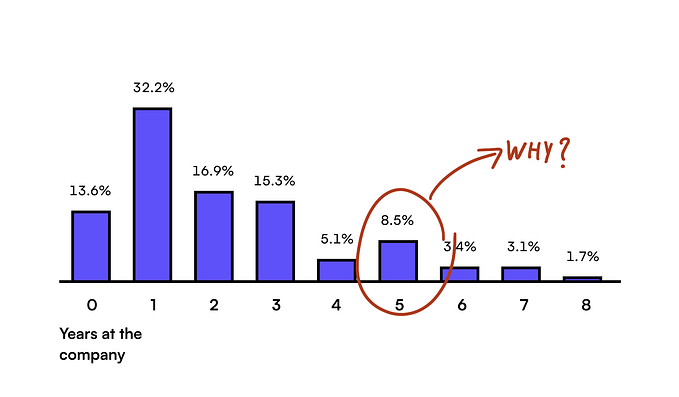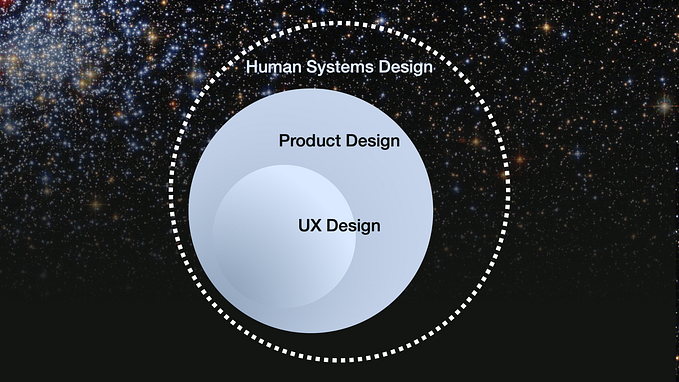Member-only story
Are shareholders the real users?
Waves of layoffs in the tech sector are revealing the ultimate end user. And it might be you.

“You are not the user.” is a foundational maxim in the design field for anyone designing in the service of others. It is a guiding mantra that accompanies design processes that go something like this: research and design teams spend billable hours in primary, generative research on quests to find and then understand a target group of users. We work to know what these users think, feel, and do. We listen for articulated and unarticulated needs. We map their experiences, build personas for them, we survey them. This is what empathic designers do. We sometimes call it Human-Centered Design. We sometimes capitalize it to make it sound more legit. Things get built. Hopefully shipped. Then we measure our work based on task completion time studies of the user, or cart abandonment rates of the user, dwell times of the user, user satisfaction, even user happiness. It’s a decent process and has delivered value for organizations and paychecks for design and research teams.
“You are not the user.” But who, then, truly is?
The economy also has its way of doing things. And right now, it is doing them. We are presently in a southward slope in the sine-wave of an economic cycle, especially for those who work in the tech industry. Lean times like this always inspire some critical self-evaluation and lay more bare truths that need to be recognized.
Design is neutral. When they say “design” what they really mean is “money.” — Jennifer Daniel
I have spent nearly a quarter-century pursuing that fabled “user” for many public and privately held corporations that do business in the United States and abroad. Depending on my job title, users have also been known by other names: customers, consumers, audiences, employees, visitors, and prospects. These cohorts get subdivided into archetypes, personas and demographic categories. Empathy abounds in the pursuit of Human-Centered Design.
Time, and the times we are in, have both revealed that I failed to fully acknowledge who we are truly doing it all for. As tons of shocked, sad, and angry posts on LinkedIn…








